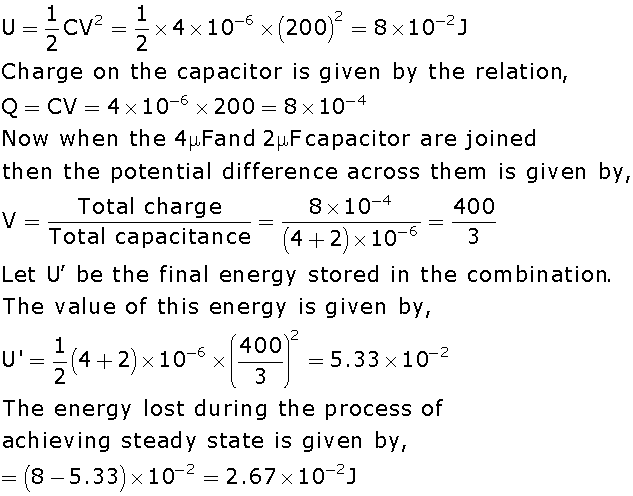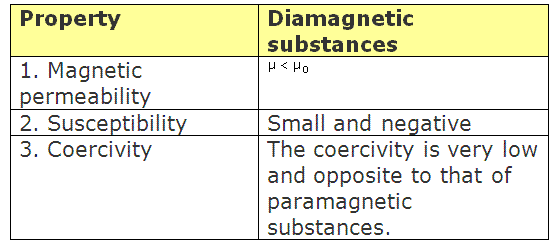CBSE [All India]-Set-1-2005
To Access the full content, Please Purchase
-
Q1
An electrostatic field line cannot be discontinuous. Why? Marks:1View AnswerAnswer:
The electrostatic field line cannot be discontinuous as it means that there is absence of electric field in between the line. This is impossible. -
Q2
Two wires of equal lengths are bent in the form of two loops. One of the loops is square shaped whereas the other loop is circular. These are suspended in a uniform magnetic field and the same current is passed through them. Which loop will experience greater torque? Give reasons. Marks:1View AnswerAnswer:
The torque is directly proportional to the area of the loop. Since the circular loop has greater area than square loop therefore it will experience greater torque. -
Q3
A bulb and a capacitor are connected in series to an a.c. source of variable frequency. How will the brightness of the bulb change on increasing the frequency of the a.c. source? Give reason. Marks:1View AnswerAnswer:
The capacitive reactance is given by, XC = 1/2
 fC
fC
From the above equation it follows that the reactance decreases with increase in frequency. Therefore the bulb will glow more brightly as more current flows through it. -
Q4
Ultraviolet light is incident on two photosensitive materials having work functions W1 and W2 ( W1 > W2), In which case will the kinetic energy of the emitted electrons be greater? Why?. Marks:1View AnswerAnswer:
The kinetic energy of the photoelectron is given by,

As W1>W2, so the kinetic energy of the emitted electrons will be greater for the photoelectric material having work function W2. -
Q5
What is the function of cladding in a typical optical fibre? Marks:1View AnswerAnswer:
------Out of syllabus------ -
Q6
Define electric field intensity. Write its S. l . unit. Write the magnitude and direction of electric field intensity due to an electric dipole of length 2a at the mid- point of the line joining the two charges. Marks:2View AnswerAnswer:
The electric feld intensity at any point may be defined as the force experienced by a unit positive charge placed at that point. Mathematically,

-
Q7
A parallel capacitor is to be designed with a voltage rating 1 kV using a material of dielectric constant 3 and dielectric strength about 107 Vm-1 . For safety we would like the field never to exceed say, 10% of the dipole strength. What minimum area of the plats is required to have a capacitance of 50 pF? Marks:2View AnswerAnswer:
Given that maximum permissible voltage=1kV=103V.
Also the maximum permissible value of electric field is given by, =10% of 107V/m=106V/m. The distance between the plates of the capacitor is given by, 
-
Q8
A 4  F
F capacitor is charged by a 200 V supply. The supply is then disconnected and the charged capacitor is connected to another uncharged 2  F
Fcapacitor. How much electrostatic energy of the first capacitor is lost in the process of attaining the steady situation? Marks:2View AnswerAnswer:
Initial energy stored in the 4  F
F capacitor is given by, 
-
Q9
How does the resistivity of (i) a conductor and (ii) a semiconductor vary with temperature? Give reason for each case. Marks:2View AnswerAnswer:
The mathematical relation for the resistivity of a material in terms of relaxation time, number density and mass and charge of charge carriers is given by relation,
 = m/ne2
= m/ne2
1. Resistivity of metal : Resistivity of metal will decrease with increase in temperature. This is because free electrons collide more frequently with positive metal ions, which results in decrease of relaxation time. This ultimately increases resistivity of metal.
2. Resistivity of semiconductors : In this case the number density (n) of free electron increases exponentially, with temperature, which results in decrease of resistivity. -
Q10
Write two characteristic properties to distinguish between diamagnetic and paramagnetic materials. Marks:2View AnswerAnswer:
The characteristic properties to distinguish between diamagnetic and paramagnetic materials are given in the table below: 



